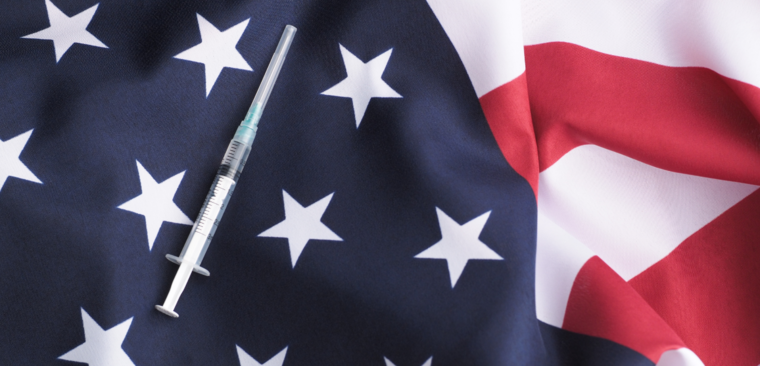Omicron
We need about 50,000 Omicron cases + 21 days of tracking to draw conclusions.

Article series
COVID-19 impact
- Making healthy habits stick after COVID
- Shobservatory Research Chronicles: Lockdowndiaries
- Capturing early stage consumer feedback, post-COVID
- Evolution of physical space in retail and hospitality
- November 2021 COVID-19 forecast & commentary
- Ethical brands in pandemic times
- November 14 reforecast due to OSHA rule stay
- COVID-19 December 2021 forecast for the USA
- Omicron
- COVID-19 forecast in the USA
- COVID-19 update for the USA
- COVID-19 Omicron retrospective
- Crises and community
- Research that makes a difference
Is Omicron more deadly? How much protection does Vaccination provide? How important is the booster in avoiding death or hospitalization from Omicron?
These are some of the questions we can answer with data. However, we need 50,000 cases in a country with good age cohort, vaccination, and outcome tracking and about three weeks’ time to begin to draw conclusions.
Why do we need so many cases and so much time?
If we want to know how deadly Omicron is, it takes about three weeks on average from the time someone is infected with SARS-CoV-2 and death. In three weeks, about half the people who will die have died of COVID.
Delta currently kills at a rate of about 1.5% with a 21-day lagged Case Fatality Rate (CFR). That means, every 1,000 confirmed cases result in 15 COVID-19 deaths.
If Omicron is similar, 1.5% 21-day lagged CFR with 5,000 cases will produce 75 deaths. In the US, for example, we want to know if vaccination reduces deaths, we’d need to compare the 40% “not fully vaccinated,” 37% "fully vax, but no booster," and 23% “Vaccinated including booster.”
If there is no vaccinate protection the data would look something like this:
30 deaths unvaccinated
28 deaths among Fully Vaccinated (no booster)
17 deaths among Booster
However, if 60 deaths are among unvaccinated, that tells us not having at least 2 doses doubles the risk of death. But, the situation is the unvaccinated are younger on average than vaccinated. So looking at the data for only 5,000 cases and 75 deaths doesn’t account for the age differences and understates the protection.
COVID kills more older people. We need to have enough data to look at cases and deaths by age cohort. Ten year increments, as reported by Israel is a helpful way to control for the age differences. Instead of 5,000 Omicron cases, we need at least 50,000 + 21 days before we can tell how much protection vaccines provide.
When we have 50,000 or more Omicron cases in a country with good age cohort, vaccination, and outcome tracking, we will start to have a clearer direction of Omicron’s influence on the pandemic outcomes. As we cross 50,000 cases in the US, we can also look at correlation with masks and other NPIs. With 50,000 confirmed cases, if 70% of deaths are among those 65+, the data will still be somewhat thin among younger age groups. Therefore, we will likely need more than 50,000 cases to have more confidence in the direction of Omicron.
To track how many cases by country, the CDC links to this site: https://www.gisaid.org/hcov19-variants/.
Brown University’s School of Public health dashboard, www.GlobalEpidemics.org will continue to update our forecast projections and risk scores according to the latest data.
Rex Briggs
Consultant and Author at Marketing EvolutionRex Briggs was named one of the dozen “best and brightest” in media and technology by Adweek, and one of the people to “watch and learn from” according to Brandweek. He has been honored with the Atticus Award for his work in direct marketing, the Tenagra Award for outstanding contribution to branding and ESOMAR’s Fernanda Monti Award for his work in CRM. Rex has also won international research awards for his work in understanding website effectiveness and online advertising. His work in understanding the effects of advertising in television, magazine and online was nominated for the prestigious John and Mary Goodyear Award for best international research. Rex was the first director of research for the Internet Advertising Bureau (IAB), and pioneered attribution analytics. His research has been translated into a half-dozen languages and he has taught at leading universities around the world.
Rex is the best-selling author of “SIRFs-Up – How Algorithms and Software are Changing the Face of Marketing.” The book tells the story of how brands can better optimize advertising spend with equations known as “Spend to Impact Response Functions” (SIRFs) and how they will become an integral tool for marketers of every size and vertical for allocating budgets and forecasting business results. Rex also is the best-selling author of “What Sticks: Why Most Advertising Fails and How to Guarantee Yours Succeeds.” The book draws learning from ROI measurement from 36 major marketers. The studies were designed by Marketing Evolution to track media expenditure in real time and offer solutions on how marketers can improve ad effectiveness. “What Sticks” was named the #1 marketing book by Advertising Age, and was featured on CNBC, Bloomberg, CNN, NPR and The Economist. Rex is an instructor for the Association of National Advertisers’ (ANA) School of Marketing, where he holds workshops on ROI measurement technologies and IMPACT Marketing.
Rex founded Marketing Evolution in 2000 and sold his interest in 2019. He is an independent consultant and author. Rex is known as one of the world’s leading experts in marketing ROI measurement and optimization technologies. His expertise derives from direct experience measuring and improving the performance of a wide range of marketing programs for more than 100 Fortune 500 marketers.
Article series
COVID-19 impact
- Making healthy habits stick after COVID
- Shobservatory Research Chronicles: Lockdowndiaries
- Capturing early stage consumer feedback, post-COVID
- Evolution of physical space in retail and hospitality
- November 2021 COVID-19 forecast & commentary
- Ethical brands in pandemic times
- November 14 reforecast due to OSHA rule stay
- COVID-19 December 2021 forecast for the USA
- Omicron
- COVID-19 forecast in the USA
- COVID-19 update for the USA
- COVID-19 Omicron retrospective
- Crises and community
- Research that makes a difference


